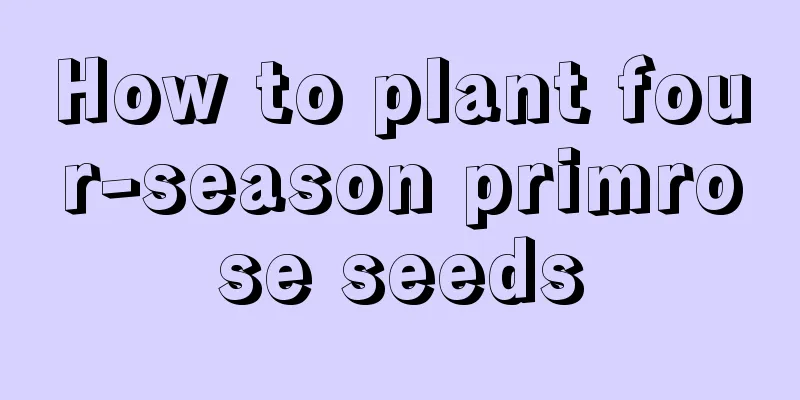How to remedy the dryness of baby's breath, illustrated instructions for pruning baby's breath

1. How to remedy the dryness of baby's breath1. Remedy for normal metabolic depletionReason: During the maintenance of baby's breath, some of its lower branches and leaves will turn yellow and dry due to its normal metabolism. Measures: Cut off the dry branches and leaves, and then apply some thin fertilizer in an appropriate amount. Nitrogen fertilizer should be used as much as possible. 2. High temperature dryness remedyReason: The weather is hot in summer and the temperature is relatively high. Baby's breath may enter a dormant period and its growth will become relatively slow. If it is exposed to high temperature and sunlight for a long time, its leaves will be burned and dry. Measures: In hot summer weather, it must be moved to a cooler place. You can spray around it to lower the temperature of its maintenance environment and allow it to recover slowly. 3. Remedy for excessive moisture and drynessReason: When watering baby's breath, you need to control the amount of water to moisten the soil, but do not allow water to accumulate. If the amount of water is not controlled during its dormant period in summer, the water will exceed its growth needs, which may cause its roots to rot and its branches and leaves to wither. Measures: If it is due to over-watering, control the watering in time and loosen the soil to drain the water. If the roots are rotten, you need to remove the plant from the pot as soon as possible, cut off the rotten roots, and replant it. During subsequent maintenance, water it when the surface soil turns slightly white, and place it in a ventilated place to prevent water accumulation. 2. Illustration of Gypsophila paniculata pruning method1. Side branch pruningWhen the side branches of baby's breath grow more luxuriantly, they should be properly pruned to retain the branches of the main trunk. This prevents the plants from growing too densely and encourages new branches to sprout and expand outward. 2. Daily thinningIn daily maintenance, you can also cut off the denser branches on the plant and the useless, dead, and too weak branches, leaving only the stronger branches. This can reduce nutrient consumption and increase plant air permeability. 3. Pruning of dead flowersWhen you notice some flowers showing signs of withering, you should cut them off in time. It can reduce nutrient consumption and avoid the occurrence of diseases and pests. |
<<: How to plant Mimosa, information about Mimosa
>>: When and how to plant watermelon
Recommend
When does tuberose bloom? How to maintain?
Tuberose , also known as night-blooming jasmine a...
How to breed cicadas?
Cicada is also called golden cicada , cicada, and...
Which month is the best to plant coriander?
Coriander , also known as cilantro in some places...
What flowers are suitable for community greening? What flowers and plants are suitable for community greening?
What flowers are suitable for community greening?...
Will the Christmas cactus continue to grow after the flower buds fall off?
1. Dropping buds will lead to growth There are ma...
How to propagate Jade Plant
The sowing propagation method of Jade Leaf The mo...
When is the best time to sow cornflower seeds?
Cornflower seed sowing time Cornflowers are highl...
This way of growing flowers doesn't cost a penny. Don't be frugal to grow flowers anymore.
1. You can also have beautiful flower pots withou...
How long is the growth cycle of bayberry?
Introduction to the growth of bayberry Bayberry i...
What to do if the leaves of the fortune tree droop and turn yellow
1. Drainage and root pruning Reason: If you water...
How to fertilize the ice lantern jade dew
1. Fertilization at different times Generally in ...
What are the signs of miniature coconut palm blooming? How to grow it to make it bloom
1. What are the signs of flowering? The dwarf coc...
Can expired milk be used to water flowers? What flowers are suitable for watering?
Can expired milk be used to water flowers? Expire...
What to do if hyacinth is pinched by an arrow
1. Reasons 1. Low temperature Hyacinthus generall...
How to grow papaya in a balcony pot
Growth environment First, choose a flowerpot with...









